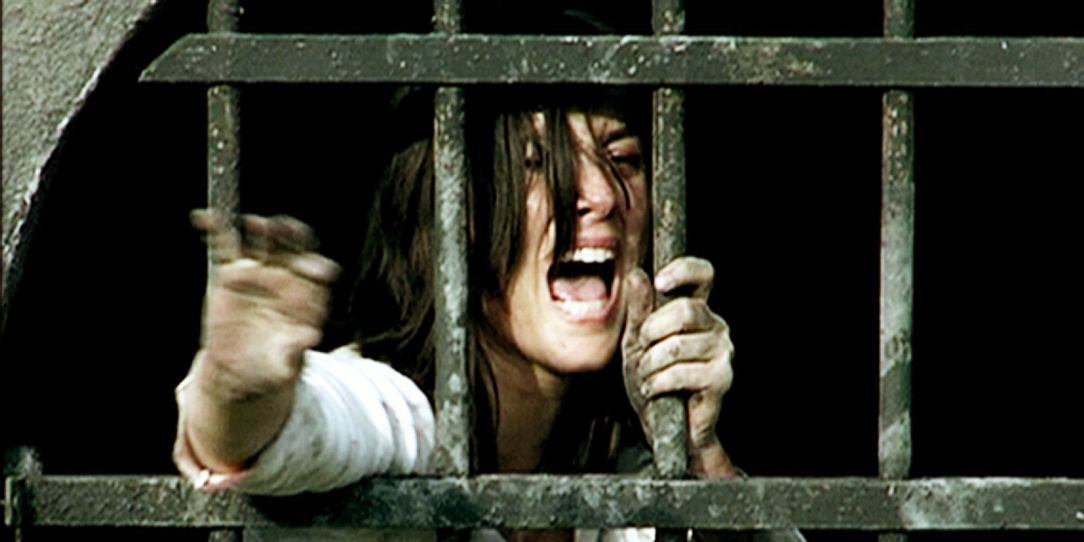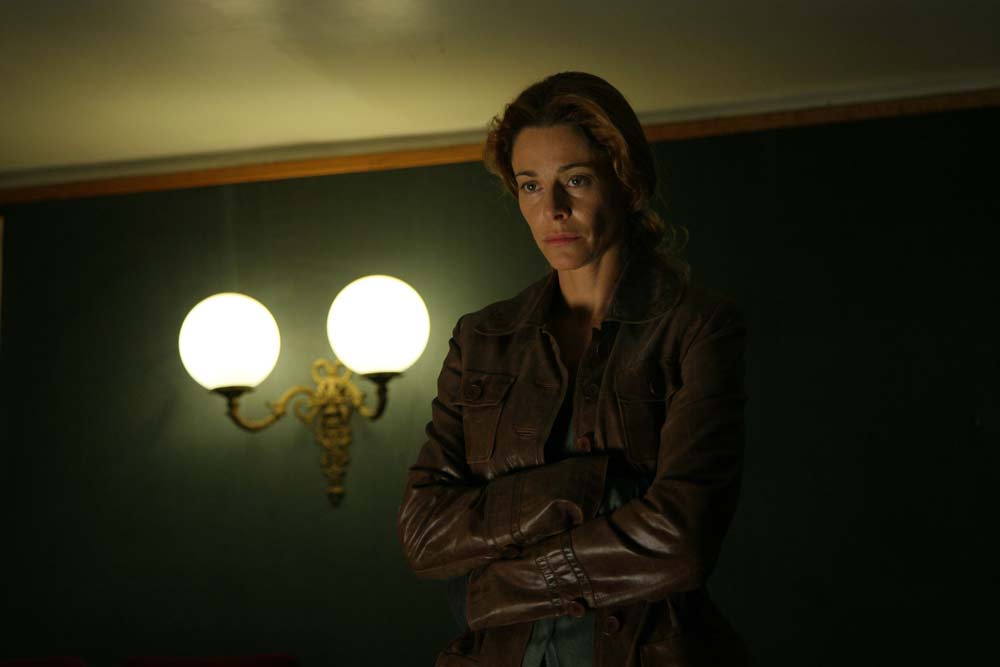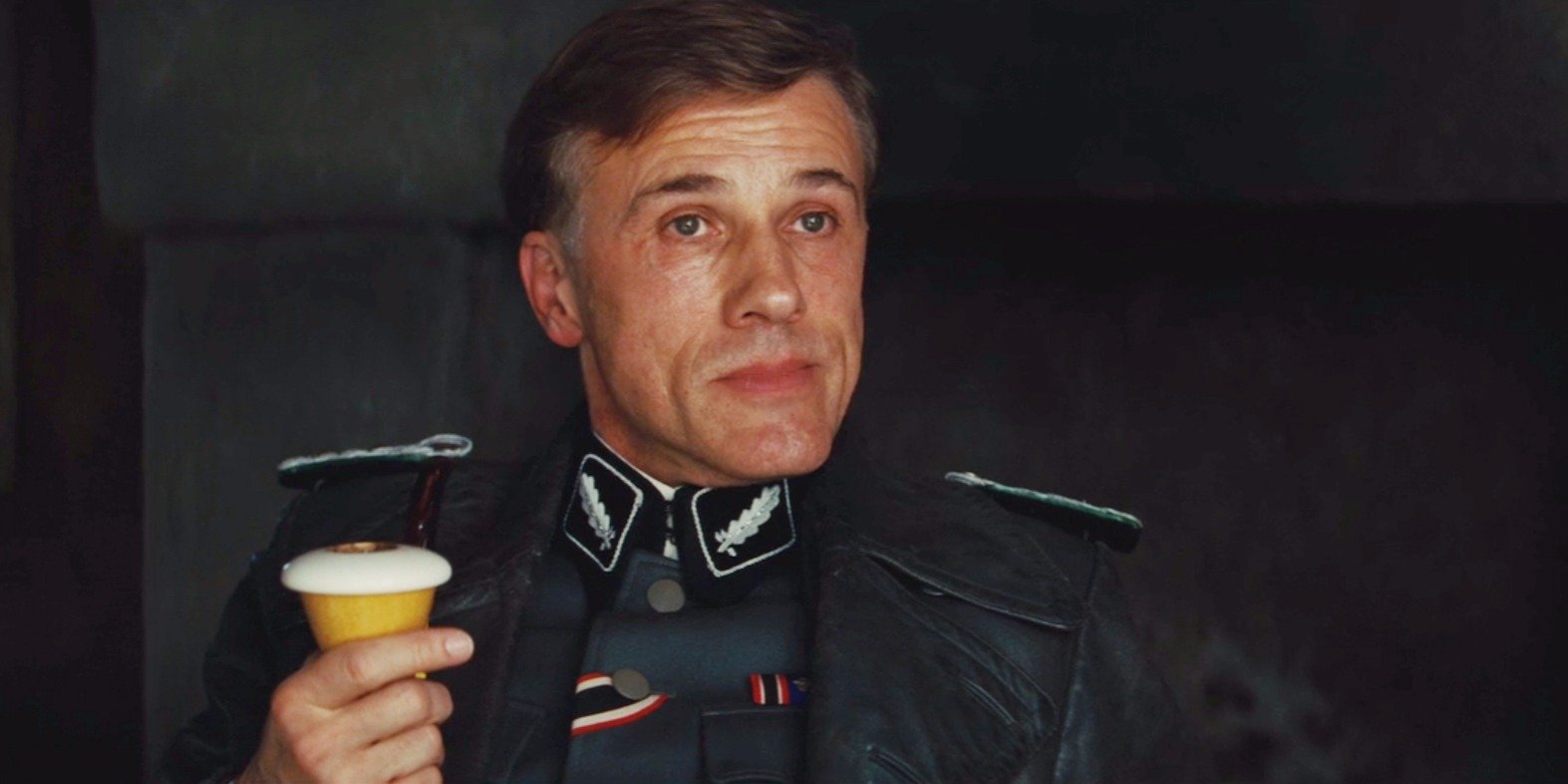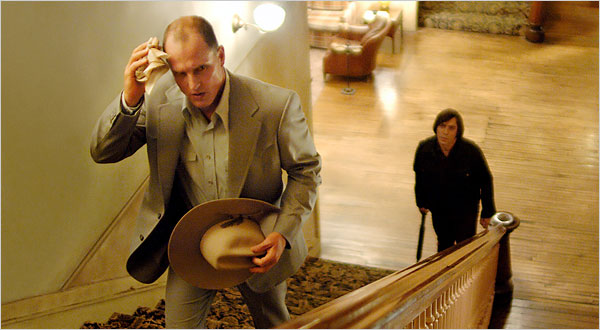5. Ils (Them)

Part of the New French Extremity movement, this home invasion horror film has a lot of compressed material in its only 74-minute run time. As with many clichéd home-invasion thrillers, “Ils” is about a couple who lives in a secluded home, who are harassed by unknown subjects. How this clichéd premise deviates itself from being a full-on cliché is due to the plot’s layers.
It’s not just about people having their home invaded; the film is about teenage youth infiltrating society as a whole, and its consequences on their surroundings.
It’s not as quiet as “Hush”, but quiet enough to make the cut. Its memorable sound of a spinning clacker is prominent throughout the entire film, letting the audience know the antagonists are nearby. When everything goes dead silent and you hear that very specific noise, only chills will crawl up your skin, as you know that imminent danger is right around the corner.
4. The Orphanage

This film is an example of brilliantly well-crafted horror, and is one of the best horror films of the 21st century – original, intense, foreign, and actually scary. It’s also one of the few horror films that didn’t rely on the cheap thrills that horror films have exploited and sodomized so much over the past few years.
It’s easy to hold a couple of quiet shots and then pop a face onto the middle of screen, adjacent with a loud bang. Anyone will jump, because no one knows when the sound will pop. But is that creating real fear? Are you truly afraid for the characters? Or are you, as an audience member, afraid of a sound?
“The Orphanage” tells a story that is relatable, that creates dimensional characters, and holds for “probable” situations. These are three elements that, when fear is nearby, will not only affect you, but also affect them and by affecting them it goes right back to you.
The ending scene is a version of the “peek behind the curtain” game, a game that revolves entirely around sound. The only guide that Laura, played by Belen Rueda, has to locate the deceased orphanage kids are their former, quiet, yet utterly terrifying footsteps, laughs, and passive screams. Quiet sounds are her only guide.
3. Elephant

This is probably the most complicated example on the list due to its use of hyperlink cinema and mapping. The fear comes from many other great examples of realism, subtleness, and the fact that it’s a film partially based on true events, ones that the United States continuously suffers from and induces an acute sense of paranoia onto high school and college students.
Since the story is repeated multiple times through different points of view, the suspense derives from the moment any of the characters confronts or passes through the perpetrators that are about to lead a mass shooting. All the characters are omnipresently followed as they innocently walk through what is about to become the worst day in the high school’s history.
They are mostly followed in a silence that just highlights the calm before the storm; it’s a silence that is deadly, since the audience anticipates what is about to happen. Imagine watching the same shot, with different characters, over and over again; it’s exhausting yet it’s exhaustion of stalled suspense that makes it truly terrifying.
2. Inglourious Basterds

It’s mostly its unforgettable intro where this film stands out. It was where Christoph Waltz had his big-screen debut, for the best character he has portrayed so far.
This is a scene that’s very similar to the gas station scene in the Coen brother’s “No Country for Old Men”, where you have a simple scene with a simple goal but plenty of more at stake. Before, you had one life on the line, the old and humble cashier, but now you have at least a dozen young Jewish refugees hiding under your house.
The scene is played mostly on looks with very simple coverage. Again, it’s another example where less is more. It is important to state that less doesn’t mean it’s easy or lazy; it’s actually even more complicated, since you are trying to portray a simple scene in its most “basic” of all terms, but at the same time still make it excruciatingly suspenseful – now that’s tricky.
No score, no music, just great dialogue and amazing shots of silence are what really make this scene suspenseful and heart-wrenching.
1. No Country for Old Men

There is quite a bit of masterfully-crafted visual tension in this Coen brothers film, mostly thanks to the mesmerizing and captivating performance by Javier Bardem, as the hitman Anton Chigurh.
For example, take the gas station scene, where Chigurh confronts a cashier in the middle of nowhere, using a similar technique to that of Harvey Dent in “The Dark Knight”, where Chigurh leaves the death of his victims to pure chance.
A deadpan characteristic look on his face, a couple of questions, the eating of a candy, and the flipping of a coin to decide the death of his possible victim are a few of the actions partaken by Chigurh.
This scene is visually portrayed in the simplest of terms, using two over-the-shoulders and few to no close ups. Its simplicity is what really sells it; it’s a simple scene with a simple purpose. Anything overdone would just butcher its effect and reality. The use of a score to hype up the awkward atmosphere would actually destroy its awkward silences.
The fact that the Coen brothers held onto a three second shot of a candy wrapper slowly opening, while the only thing you can hear is its crumbling, only adds to the entire eeriness of the scene.
Author Bio: Aaron Bencid is a Venezuelan film student based in Los Angeles, California. Even though post-production is his stronghold, talking and writing about films is his favorite hobby. He loves New-French Extremity, Foreign films, and Transgressive cinema – for making him realize that not everything has to be by the book.